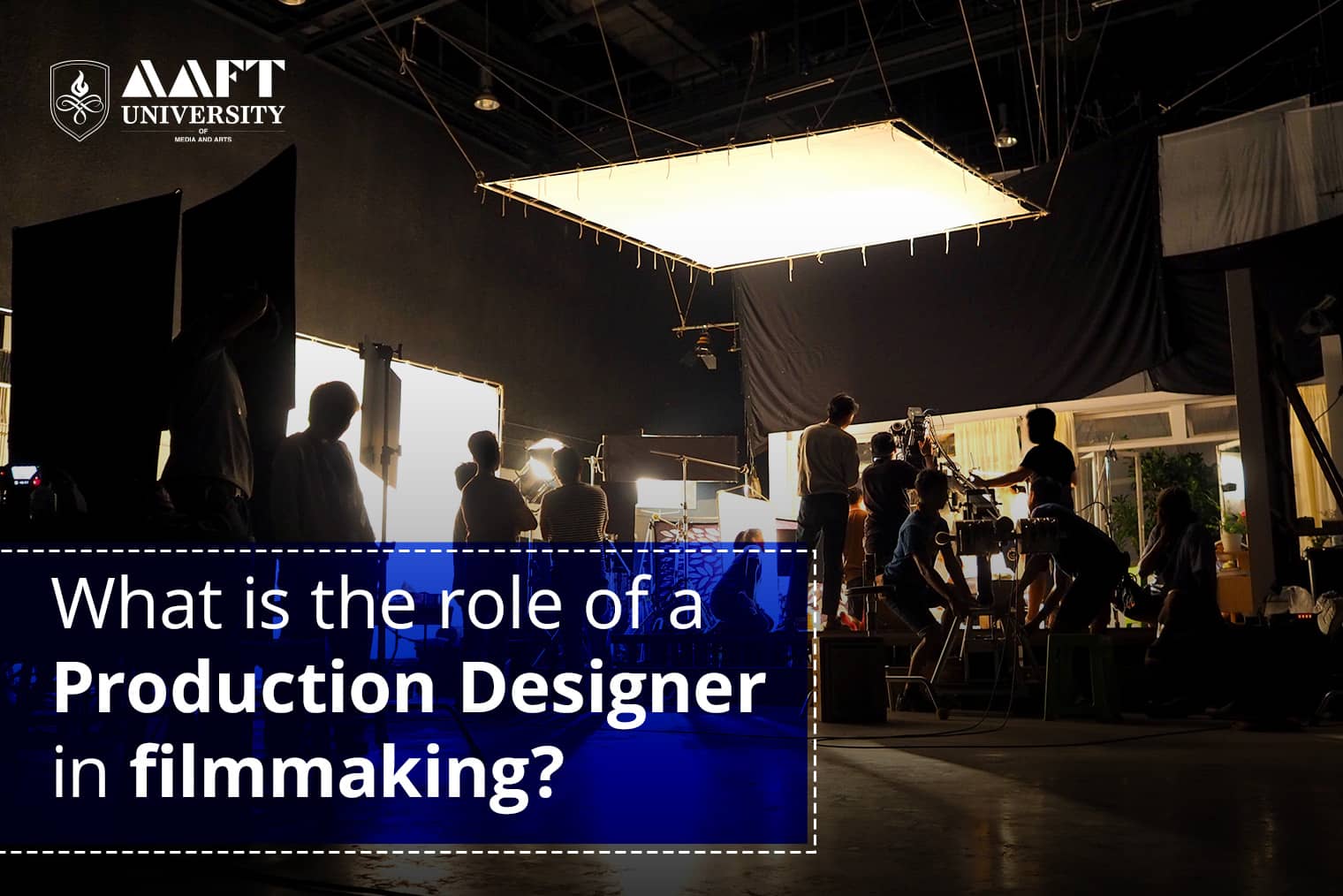The world of filmmaking is a mesmerizing blend of creativity, vision, and technical expertise. The spotlight is often stolen by actors, but there are countless unsung heroes behind the scenes who work tirelessly to ensure that the movie runs smoothly. One such key figure is the production designer. Below we will find out the captivating role of a production designer to explore how their artistic prowess and meticulous attention to detail shape the visual landscape of a film.
Setting the Stage
At the heart of every great film lies a captivating setting that immerses the audience in the story. This is where the production designer’s magic begins. They collaborate closely with the director, cinematographer, and art director to develop the film’s visual concept. From historical periods to futuristic landscapes, the production designer brings the script to life by creating a coherent and aesthetically pleasing world. They meticulously plan and design the film’s sets, locations, and overall art direction, ensuring that every aspect aligns with the director’s vision.
Crafting the Visual Language
In a film, visual storytelling is paramount. The production designer plays a pivotal role in shaping the visual language that enhances the narrative. They carefully select colours, textures, and props that evoke specific emotions and reinforce the story’s themes. Whether it’s a gloomy post-apocalyptic world or a vibrant romantic comedy, the production designer’s creative choices breathe life into the film. They collaborate with the costume designer, cinematographer, and other departments to maintain visual consistency and ensure a cohesive cinematic experience.
Attention to Detail
A successful production designer possesses an acute eye for detail. They meticulously research and create visual references, using sketches, mood boards, and computer-aided design software to develop their ideas. From the architecture of a room to the smallest objects on a character’s desk, no detail is too insignificant. The production designer is responsible for constructing a believable and immersive environment that complements the characters and enhances their journeys.
Balancing Budget and Creativity
One of the challenges faced by production designers is striking a balance between artistic vision and budget constraints. They work closely with the film’s producers and production team to ensure that the design elements align with the available resources.
The production designer’s expertise lies in maximizing the visual impact while being mindful of the budget. They source materials, negotiate with vendors, and make strategic decisions to achieve the desired aesthetic within financial limitations. This requires resourcefulness, creativity, and problem-solving skills. A skilled production designer can transform a modest budget into a visually stunning masterpiece, showcasing their ability to adapt and innovate.
Evoking Time and Place
In many films, the time period and geographical location play integral roles in the storytelling. The production designer is responsible for recreating specific eras or capturing the essence of a particular place. Through meticulous research and attention to historical details, they bring authenticity to the film’s setting.
From designing period-specific costumes and props to recreating iconic landmarks, the production designer transports the audience to a different time and place. Their expertise in architectural styles, cultural influences, and historical context allows them to create a believable and immersive world that enhances the film’s narrative and captivates the viewers’ imagination.
Collaboration and Communication
Filmmaking is a collaborative endeavour, and the production designer is at the heart of this collaboration. They work closely with various departments, including the art department, set decorators, construction teams, and special effects crew. Effective communication and teamwork are essential as they coordinate efforts to bring their vision to life. The production designer also interacts with the director and cinematographer to ensure that the visual aesthetics align with the film’s overall tone and mood.
Conclusion
Behind every stunning film, there is a production designer who meticulously designs the visual tapestry. From crafting the film’s settings to infusing them with creativity and attention to detail, the production designer’s role is truly indispensable. Aspiring filmmakers can draw inspiration from this unsung hero, recognizing the immense impact a production designer has on the final product. So, the next time you find yourself lost in a mesmerizing cinematic experience, take a moment to appreciate the artistry of the production designer who made it all possible. Lights, camera, imagination!
